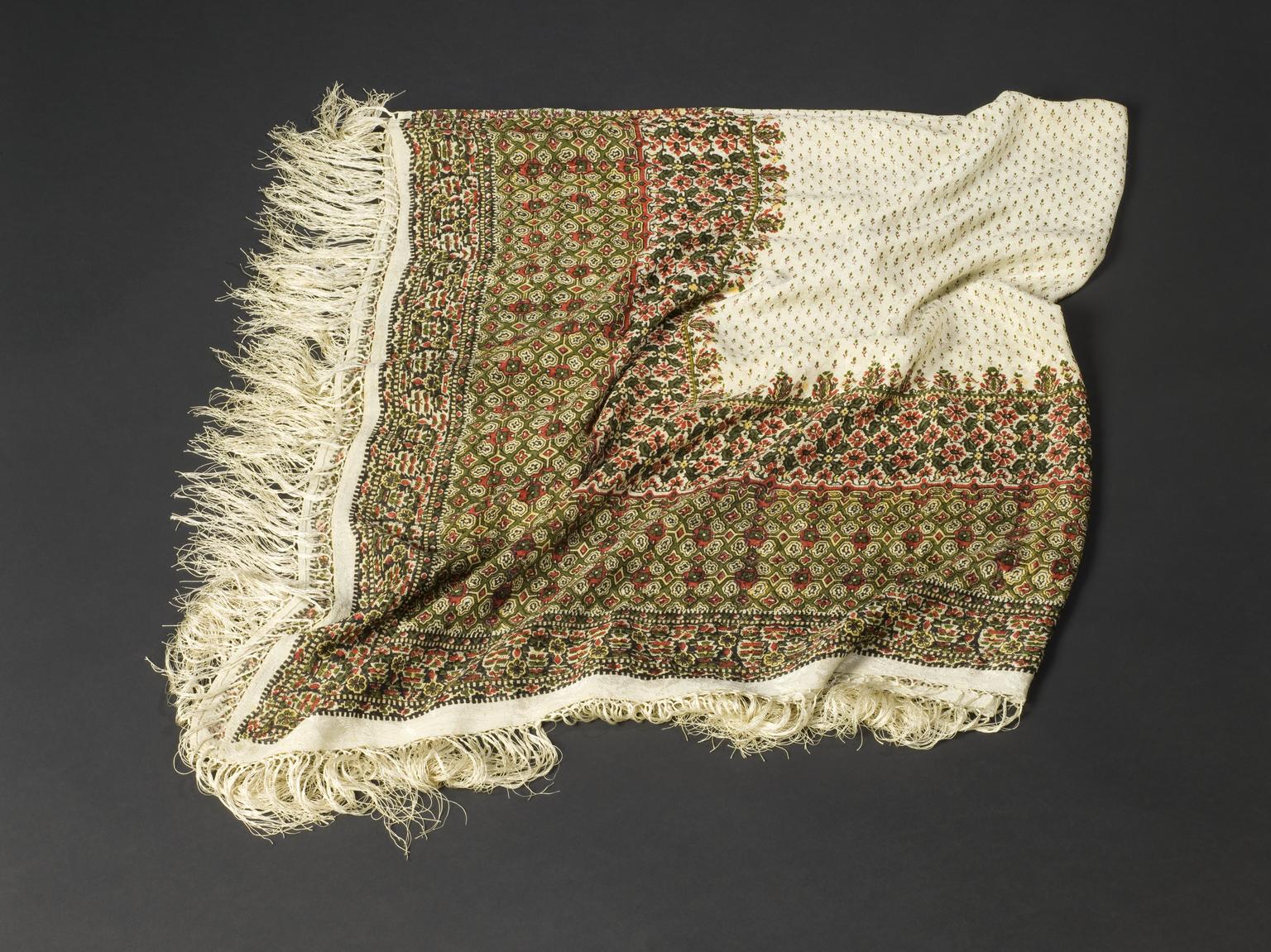
The Lady with the Lamp came to fame during the Crimean War by improving the standards of cleanliness and hygiene in hospital wards. Nightingale was believed to have dramatically reduced the death rates of soldiers from 40% to 2% in just two years. Recently, historians have suggested that the increase in survival rates was mainly due to improved sewage and ventilation systems, not just improved nursing standards.
Nightingale did do much to put nursing on a modern professional footing setting out not only hygiene practices but also moral and social conduct for nurses. A nurse must not be “no gossip, no vain talker; she should never answer questions about the sick.” The Nightingale Nursing School was set up in 1860 as part of St Thomas’ Hospital in London and it is still in existence today – now known as Florence Nightingale School of Nursing and Midwifery.

Florence’s legacy not only lives on through training but also through objects in the Science Museum’s collections. Henry Wellcome collected a number of items belonging to Florence Nightingale such as her whistle, tea caddy, moccasins, parasol and shawl.
These objects are part of a number of famous person’s belongings – or relics as many people call them – that Wellcome acquired. If you visit the Wellcome Library take a look at the names that adorn the walkway around the seating area you’ll find that Florence is the only woman represented.

This shawl is now on show at the Florence Nightingale Museum where you can also see many other treasures relating to her life and work. The Wellcome Library also has an astonishing array of her papers.
Discover more about Florence Nightingale’s life and work on our Objects & Stories page.